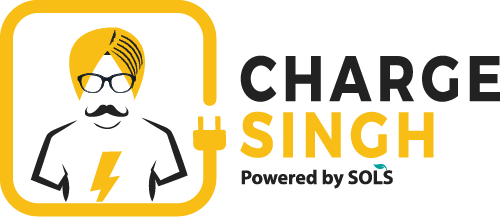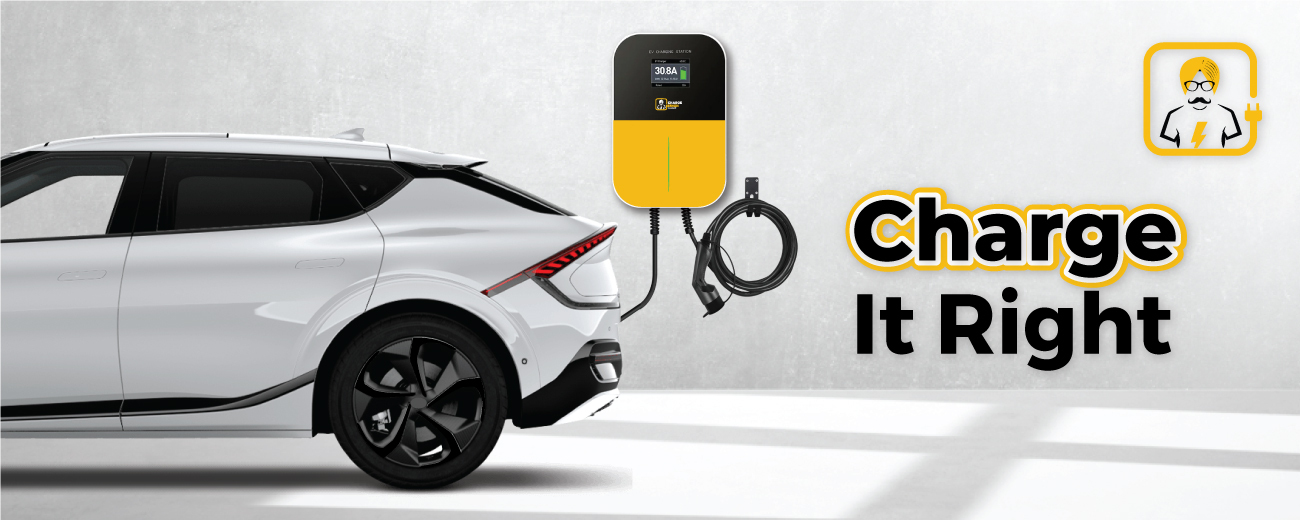If you own an Electric Vehicle (EV), it may feel great to be one in the few 10,000 EV owners in Malaysia. You’re quite rare, and being car-bon free makes you a walking, breathing Green Hero.
As the numbers of EVs in Malaysia increase, more of you are becoming reliant on the battery of your car, rather than the expensive gas that enslaves you to the problem of having to run to the gas station, the one time you are in an extreme rush.
Though becoming increasingly popular, many EV owners lack experience when it comes to taking care of their battery-powered engine. Lets face it, battery-life, charging cables, and charging stations are novel things that we have to deal with.
Don't worry though, as we have composed a list of mistakes you might be making, that is damaging the very thing that keeps your cool electric car running: its battery!:
1. Overcharging
Did anyone ever tell you not to charge your phone overnight? Are you now considering getting a new phone because it turns off after just one hour of Tetris marathon?
Well, your EV battery is no different. If you are wondering whether you can charge your EV overnight, then the answer is: better not.
Your beloved vehicle depends on lithium-ion batteries. If you fully charge them to 100%, and then fully drain them to 0%, they get tired and stressed very quickly and may decide to give up on you after a few years.
The best way to charge your EV is to keep in the 30%-80% charge range. This is the sweet spot that keeps your car happy, and makes it want to live for a few more years. This is why most EV battery manufacturers offer “normal” charge levels, that only keep them at 80% charge at max.
It is not the end of the world to charge it up to 100%. You just need to make sure the charger is unplugged soon after.
2. Using the wrong charging cable
Just like the difference between a Samsung and an IPhone charger, different EVs require different types of charging cables, so it's important to use the correct one. Using the wrong cable can cause damage to your vehicle or the charging station.
Here are a few things to note when you are charging your EV:
Search for your connector type EV cable. Is your EV connector type 1 (5-pin design) or type 2 (7-pin design) Type 1 cables are common across USA and Asia, whereas type 2 cables are standard across Europe.
Pick the appropriate length of your cable. 7.5m is a good average cable length. You can also pick 5m which is easier to store. Longer cables can reach up to 20m, more range for reach- but can weigh quite a bit and may not fit easily in a protective storage bag.
Check your car’s onboard charging power. According to this you can see what speed your car will be able to charge at. The 3-Phase 32amp charger will charge at about 22kW per hour for a fast charge. But this is only if your vehicle's onboard battery allows this current.
3. Charging too often
If you don’t need to, it would be better to charge your EV every other day. Natural degradation may occur in the battery based on the number of charging cycles that are used over its lifespan.
This helps with the EV battery’s performance and durability and helps prolong high voltage battery life. If you own a home charger you can plug your car in every other night. If you still rely on public charging stations, it may mean to charge regularly when you are able.
4. Charging at fast charging stations too often
DC quick charging is very useful if you need to drive more than the vehicle’s single-charge range in a single day, or you just simply forgot to charge up last night and are hovering below the 30% range. A quick charge can be completed in 30 minutes. However, this convenience can ultimately affect your car’s battery in the long run.
Battery performance and durability can deteriorate if the DC charger is used constantly. Use of DC charging should be minimized in order to help prolong battery life. It is theorized that frequent use of fast charging - more than once or twice per day - will cost you about 1 percent of capacity per year.
Level 2 AC charging is recommended to keep the battery in optimal condition. Level 2 chargers are the most efficient home charging option and are also the most common to find at free charging stations around town.
Ultimately, when you are relying on public charging stations, the few tips above can make the biggest difference in maintaining the life of your EV battery. We understand that it can get extremely complex and even expensive. However, if we can get used to the different fuel and gas station options, then it is just a matter of time before we are experts on how to take care of our EVs.
However, if you’re thinking:
“Maybe I should just get a home charging station, it would be so much more convenient and efficient”
Then you are correct!
Head to chargesingh.com and discover the best EV charger for you. Our experts will take away every worry and answer every question you may have. Ultimately, ensuring a healthy life for your previous EV.


